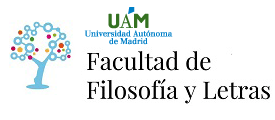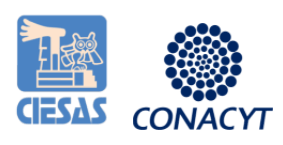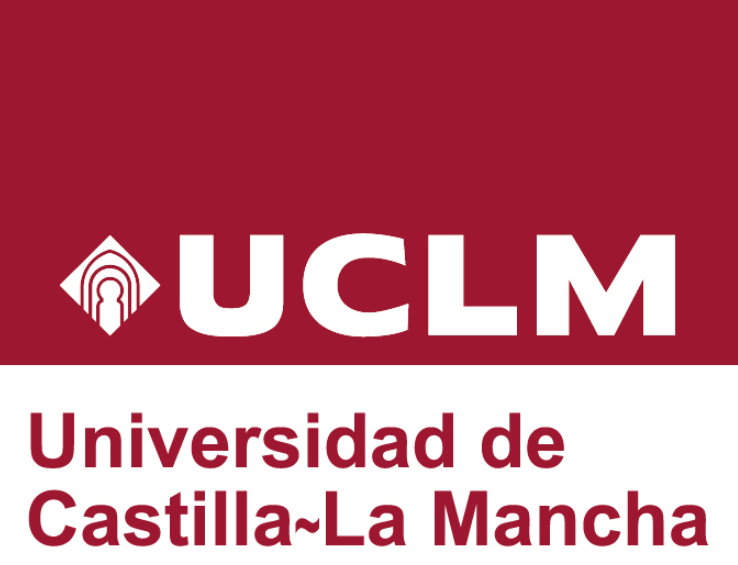The present study was designed to compare the effectiveness of two Phonemic Awareness instruction models for L2 first graders using a multisensory approach versus a conventional approach. Both of these approaches were developed for L1 learners to enhance their early literacy skills. Nonetheless, the high demand for integrating different international educational programs in Ecuadorian bilingual schools has led to the need of a process of investigation of these types of instruction modalities that could benefit students learning outcomes in an EFL (English as a Foreign Language) context. Through convenience sampling, 25 first grade participants were selected to form part of the experimental and control groups for this study, which has a correlational nature with a quantitative and qualitative data collection design. The baseline of both groups was measured through a questionnaire evaluating the phonemic awareness level prior to instruction using the two approaches. The investigation used different ethnographic tools for recording the experience, such as: focus groups with each sample of participants; individual interviews done by and with parents at home; and participant observation involving the teachers collaborating with the study. Given its influence and necessary understanding, this research has the objective of benefitting the quality of students’ knowledge and motivation, teachers’ pedagogical knowledge and the educational function for its proper inclusion.









